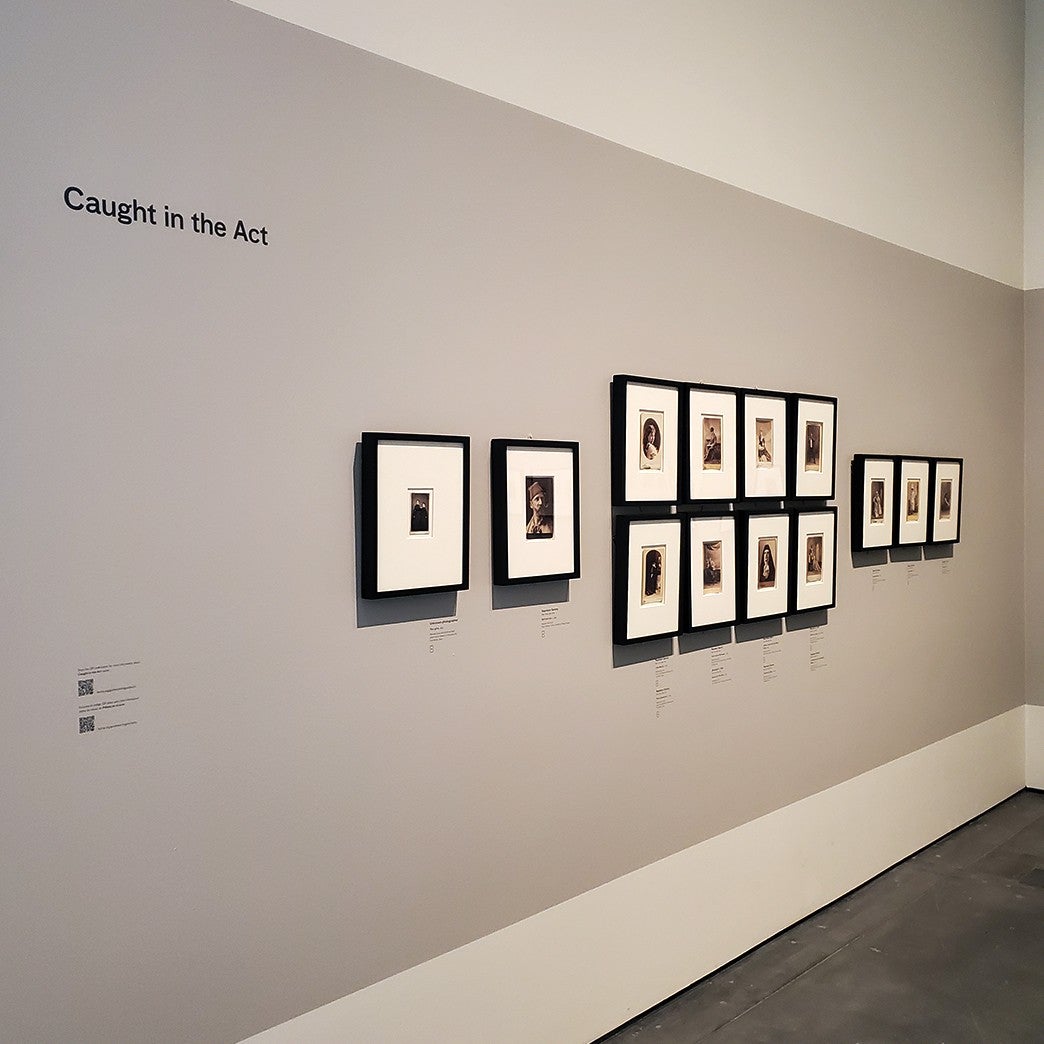
Caught in the Act
By 1860, twenty years after photography was introduced in America, most towns had at least one professional photography studio. New York City had more than one hundred. Still, for many people, getting a portrait made was a chore. Poses had to be held for at least five seconds. The blue sensitivity of the light-registering emulsions meant that clothing and skin tones appeared mottled. Projecting a relaxed smile was out of the question.
Enter Napoleon Sarony (1821–1896). An energetic self-promoter, he operated a hugely successful business as a photographer to the stars between 1866 and the mid-1890s, using the cabinet card as his medium. By paying careful attention to lighting and props, and by taking advantage of the camera’s ability to fake immediacy, he depicted actors as if they were caught in the moment or in mid-performance. His new way of thinking about photography influenced practitioners across the nation, helping transform the act of sitting for one’s portrait into an informal, playful experience.

